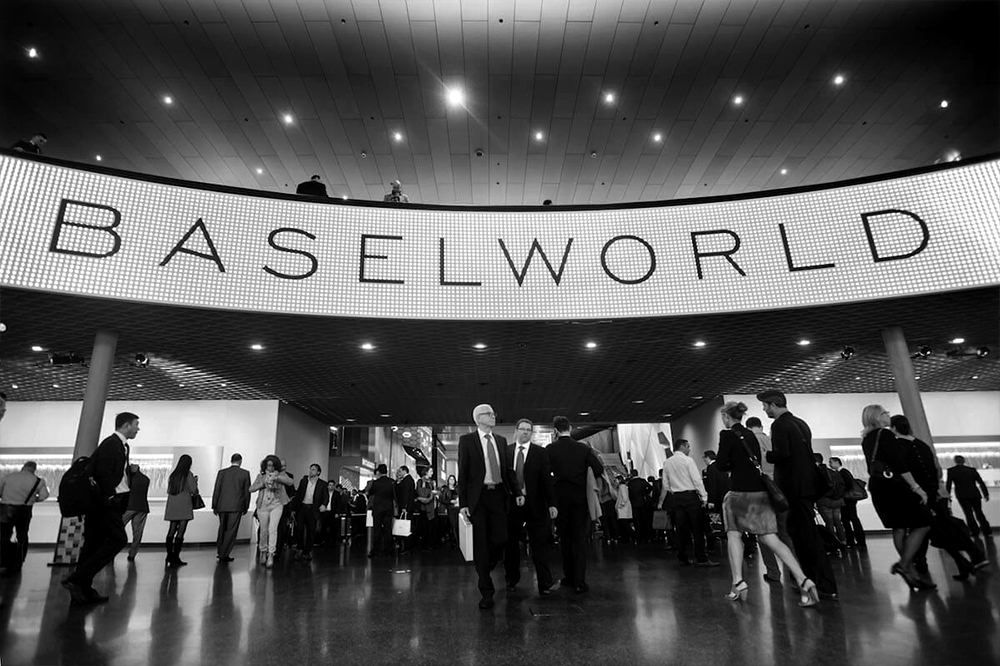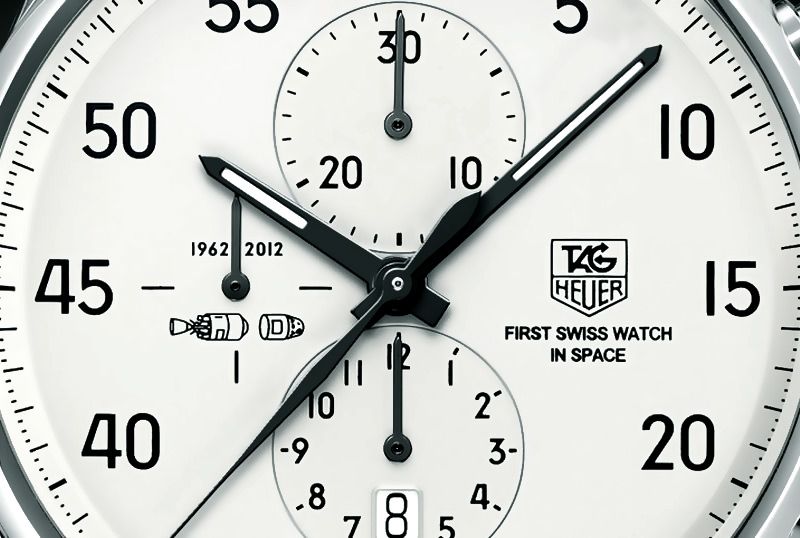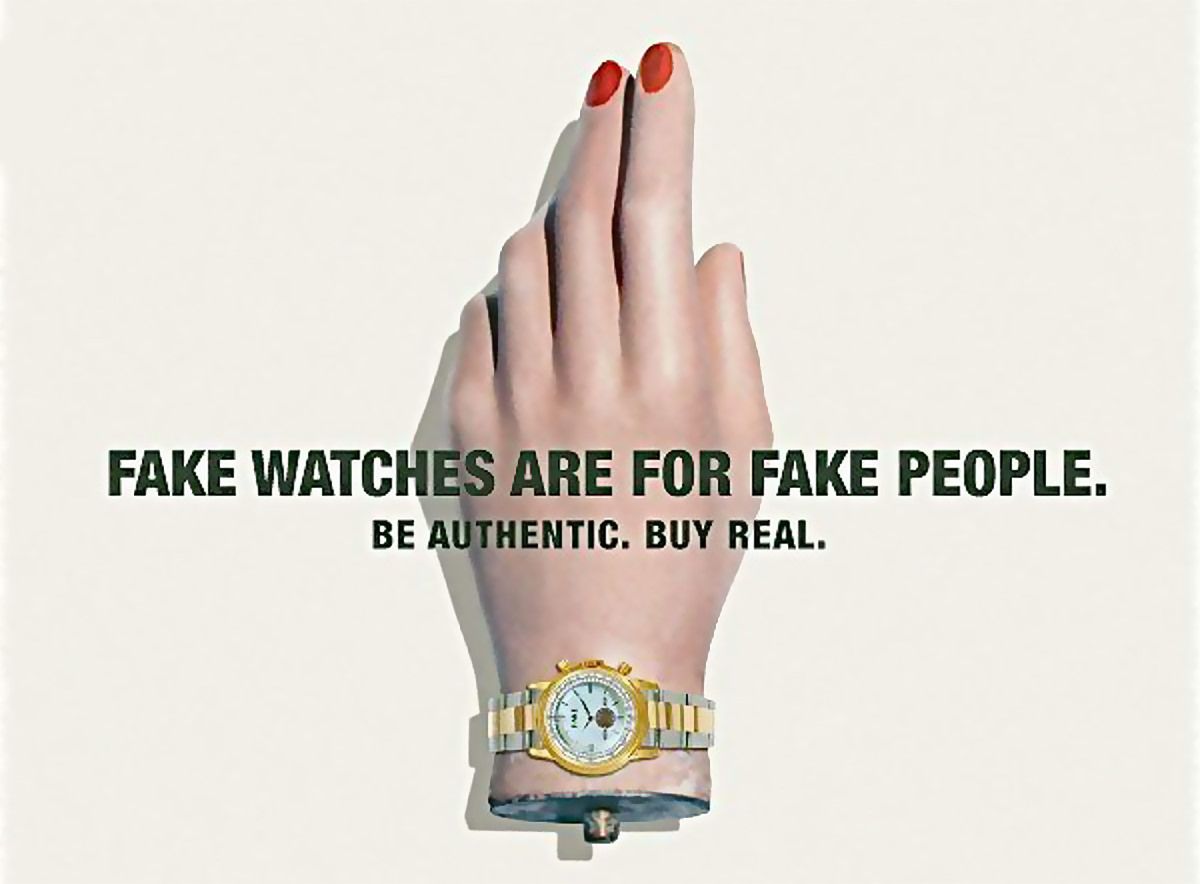FeatureWho Owns Who: A Guide to the luxury watch industry
We give you some interesting facts and a quick guide to the major Watch Groups of the world
May We Recommend
People in the watch industry will tell you the market is very “small”, monopolized by a few groups and a handful of independent brands. What they won’t tell you is that it’s one of the most consistently-successful multi-billion dollar industries of the world, valued at over CHF 1.9 billion in just annual exports! You can call it almost monopolized with regards to a few big watch groups who own most of the brands, along with a handful of successful brands which have still managed to keep themselves at bay. Over the years the industry has seen its share of highs and lows, innovation and change. We give you a guide on the roster of brands, watch groups, who owns who a quick guide to the luxury watch industry:
China, Not Switzerland fuelled the recent watch industry’s boom:
A whopping 1.2 billion watches are produced annually, according to the Federation of the Swiss Watch Industry’s estimates. 97.5% of those timepieces are non Swiss! Chinese tourists too helped boost sales of watches across the world as 37% of Chinese citizens purchased a watch while traveling overseas. Switzerland, on the other hand produces only 2.5% of the total watches but that much is enough to account for more than half of the total value of watches being produced.
The Swiss watch industry was considered all but over in the 70’s, but they bounced back:
The quartz craze took the watch market by storm, but let to the Swiss watch market’s downfall. Relief came for them in the mid-90s as the global demand for luxury goods started rising. The boom enabled them to once again re-focus on producing high-end, mechanical watches, but that didn’t stop them from making cheaper, quartz based watches. According to watchmakers, having a collection of quartz watches is important today and helps keep the industry “more diversified”.
Most big brands are part of larger multinational groups:
The wrist watch landscape might look increasingly populated with tons of brands, but majority of them are owned by one big multinational watch group. Here’s a quick guide to who owns who:
Richemont
Predominantly a luxury watch group, Richemont’s brands are divided into two groups: specialist Watchmakers which includes the likes of A. Lange & Söhne, Baume & Mercier, IWC Schaffhausen, Jaeger-LeCoultre and Panerai. The second division is solely dedicated to Jewelry Maisons which include Cartier and Van Cleef & Arpels. Cartier is by far the largest brand in Richemont’s luxury portfolio.
LVMH (Louis Vuitton/Moët Hennessy)
Based in Paris, LVMH, apart from housing watch brands, is the largest luxury-goods group in the world. From liquor to cosmetics to fashion and watches, LVMH is a more diverse group that owns some of the biggest and most popular companies across the globe.
Among the watches, the more desired brands are Dior, TAG Heuer, Zenith and Bvlgari.
Swatch Group
A Mega group in every possible way, the Swatch Group own most of the luxury (and non-luxury) watch brands in the world. In many ways they’ve also helped save the Swiss watch industry by being the leading supplier of watch movements.
The group today owns over 18 watch brands spanning the entire price spectrum, Breguet being the most expensive, while Omega generates the most revenue and is the third-largest Swiss watch brand in the world.
Independent groups
So are there still independently owned and operated watch companies? Yes, and some of them are extremely big and powerful. The above list shows some of the big names in watch making that are completely independent. They compete on an international level with the already mentioned multinational groups.
You can call them the lone warriors, because amidst all the groups, they’ve still managed to keep their flag flying high.
Not every watch can be called “Swiss Made”
There’s a huge difference between a “Swiss Made” and a “Swiss Movt” watch. The “Swiss Made” on a watch dial commands a premium over a similar watch without this marking. The marking is well and truly earned only when “at least 60% of the product’s manufacturing costs must have been generated in Switzerland” and “the activity that gives a product its essential characteristics must take place in Switzerland”, according to the Swiss National Council.
If your watch says “Swiss Movement,” it means only the movement of the watch is Swiss and the rest of the watch was assembled elsewhere, automatically making the watch less expensive.
Check again, your prized watch could be a fake!
According to the Fondation de la Haute Horlogerie (FHH), 15-30% of internet search for watches involves people looking for replicas! The fake watches obviously costs the industry and brands billions of dollars each year, but groups and horologists alike have made a lot of efforts to stop this evil in the most ‘demonstrative’ ways. If you’re still unsure about your own timepiece, you can read here how to check if your watch is real or fake.
Have a fact that you’d like to share? Feel free to add it in the comments section below!



















Every watch has a unique design and pattern and looks fabulous.